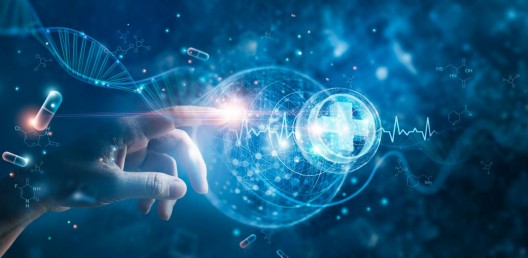* This product is for research use only. Not intended for use in the treatment or diagnosis of disease.
Gene therapy is a biomedical technique in which a normal or therapeutic exogenous gene is inserted into a target cell to repair a defective gene or to replace a defective gene to treat a disease.
The narrow concept refers to the replacement or addition of a defective gene in a patient's body with a gene that has a normal function for treatment.
The broader concept refers to the transfer of certain genetic material into the patient's body so that it is expressed in the patient's body, ultimately resulting in the treatment of a disease.
With the understanding of the mechanism of action of genetic material, we began to consider how to artificially intervene in the process of inheritance and expression. Based on the development of genetic technology, we began to modify and modify genes at the molecular level.
Conventional treatment is generally aimed at various symptoms caused by genetic abnormalities, which can be said to treat the symptoms rather than the root causes, while gene therapy is aimed at the root cause of genetic diseases - the abnormal genes themselves. Gene abnormalities are the essence of genetic diseases, as long as the abnormal genes are treated. Corrected, or replaced the defective gene with the normal gene, then the external symptoms will also be solved.

| Products | Description |
|---|---|
| DNA Transfection Kits | Our products can safely and effectively deliver plasmid DNA and virus DNA into mammalian cells, so that you can get more reliable results in your studies. |
| In Vivo Transfection Reagent | High efficiency, low toxicity transfection reagent for DNA, siRNA, mRNA, and other oligonucleotides. |
| Protein Transfection Kits | Used to directly transfect the protein itself into mammalian cells, instead of transfecting DNA or mRNA encoding the protein of interest. |
| Cell Line Transfection Kits | BOC Sciences provides a variety of validated cell line transfection reagents for the field of life science research to meet the transfection requirements of different types of cell lines. |
| RNA Transfection Kits | BOC Sciences provides proven various types of RNA transfection reagents for life science research to meet different transfection requirements. |
| Electroporation Products | Electroporation, as an increasingly popular physical transfection method, uses high voltage to introduce exogenous nucleic acids into many types of cells (including bacteria and mammalian cells). |